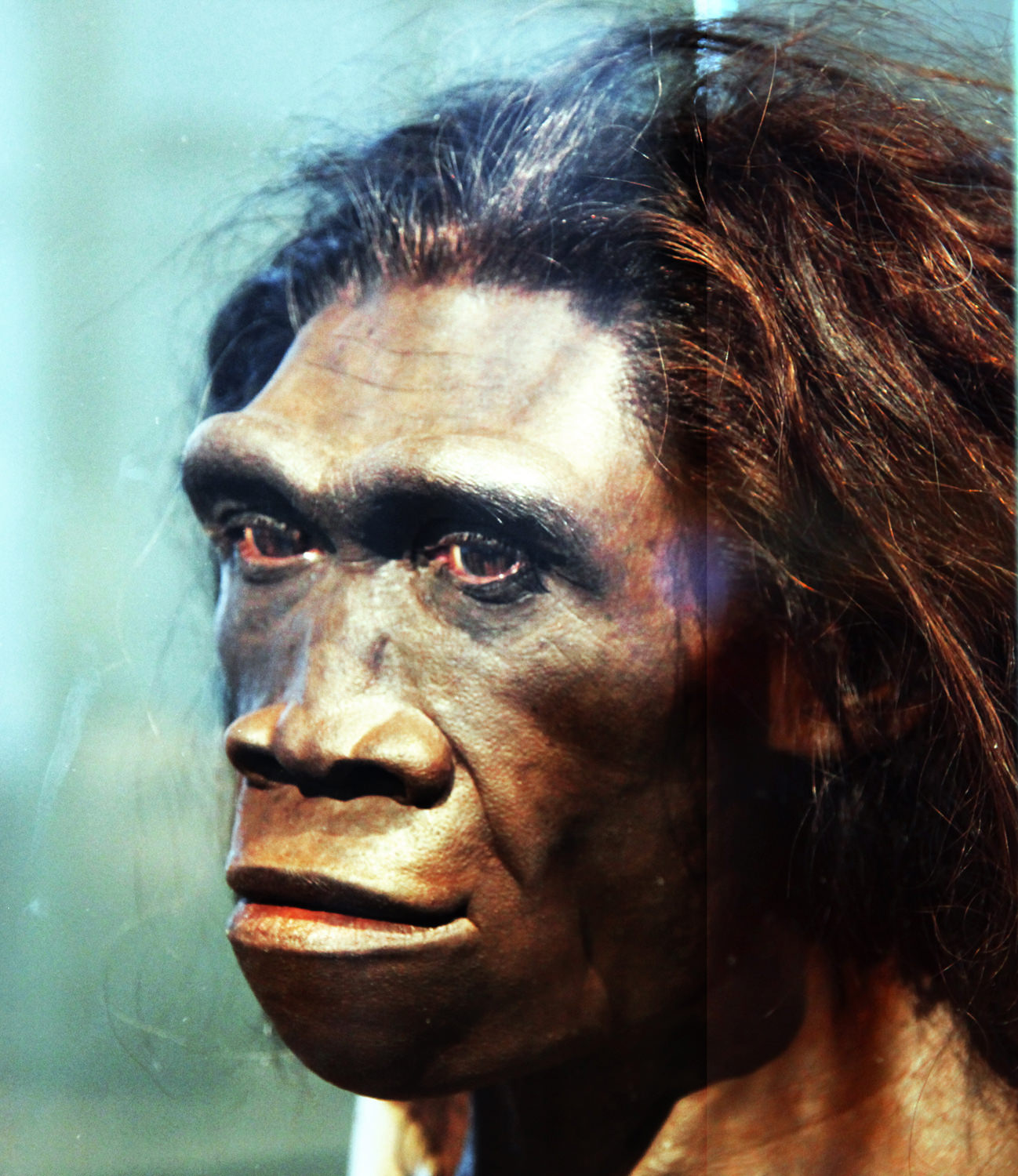ORIGIN AND EVOLUTION OF MAN
15 Million Years Ago (mya): Around 15 million years ago, primates called Dryopithecus and Ramapithecus existed. They were covered in hair and walked like gorillas and chimpanzees. Ramapithecus had more human-like features, while Dryopithecus resembled apes.
3-4 Million Years Ago (mya): Fossils of man-like bones found in Ethiopia and Tanzania suggest that about 3-4 million years ago, human-like primates walked in eastern Africa. These early hominids were likely not taller than 4 feet but walked upright. Homo habilis, the first human-like being, probably lived during this period, with brain capacities ranging from 650-800cc. They may not have consumed meat.
2 Million Years Ago (mya): Australopithecines, who lived in East African grasslands, were discovered. Evidence indicates they hunted with stone weapons but primarily ate fruit.
1.5 Million Years Ago (mya): Homo erectus, with a larger brain around 900cc, lived around 1.5 million years ago. Homo erectus is believed to have consumed meat.
100,000-40,000 Years Ago: Neanderthal man, with a brain size of 1400cc, inhabited regions near East and Central Asia during this period. They used hides for protection and buried their dead.
Modern Homo Sapiens: Homo sapiens originated in Africa and spread across continents, evolving into distinct races. Modern Homo sapiens emerged during the ice age, which lasted between 75,000-10,000 years ago.
18,000 Years Ago: Pre-historic cave art, such as cave paintings, emerged around 18,000 years ago. One example of such art can be found at the Bhimbetka rock shelter in the Raisen district of Madhya Pradesh, India.
10,000 Years Ago: Agriculture was developed around 10,000 years ago, leading to human settlements. Subsequent human history has been marked by the growth and decline of civilizations.
The evolution of humans from early hominids to modern Homo sapiens reflects a rich history of adaptation and development.
| Era | Time Frame | Characteristics | Notable Species |
|---|---|---|---|
| Primate Era | 15 mya | – Primates resembling gorillas and chimpanzees. – Hairy, quadrupedal. | Dryopithecus, Ramapithecus |
| Early Hominids | 3-4 mya | – Human-like primates in eastern Africa. – Upright walking, smaller stature. – Brain capacity: 650-800cc. | Homo habilis |
| Australopithecines | 2 mya | – Presence in East African grasslands. – Stone tool use, primarily frugivorous. – Limited meat consumption. | Australopithecines |
| Homo Erectus | 1.5 mya | – Larger brain (around 900cc). – Meat consumption. – Presence in Java, Indonesia. | Homo erectus |
| Neanderthal Man | 100,000-40,000 years | – Brain size: 1400cc. – Near East and Central Asia. – Use of hides and burial of the dead. | Neanderthal man |
| Modern Homo Sapiens | Emerged during ice age | – Anatomically modern Homo sapiens. – Diverse races. – Emerged during the ice age (75,000-10,000 years ago). | Modern Homo sapiens |
| Pre-historic Era | 18,000 years ago | – Emergence of cave art and rock paintings. | Cave paintings, Bhimbetka art |
| Agricultural Era | Around 10,000 years | – Development of agriculture. – Human settlements began. | Transition to agricultural societies |



